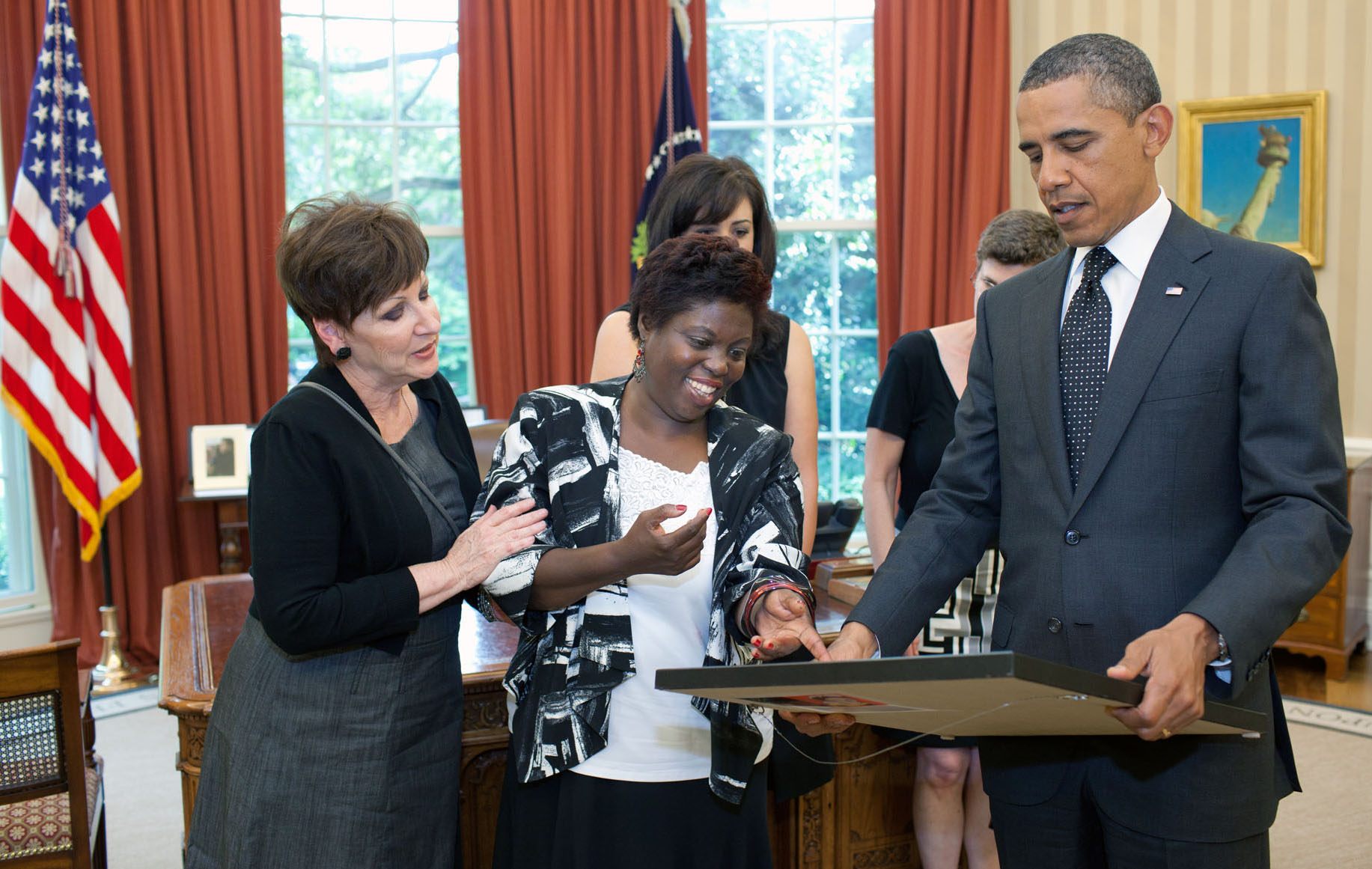Post by Rich Cairn and Ross Newton
"Court cases are great for teaching history because they often deal with concrete details from everyday life."
- Ross Newton, High School History teacher, HEC Academy.
Teaching with Court Cases
Many teachers teach students to read and analyze famous court cases such as Brown v. Board of Education and Miranda v. Arizona. Landmark cases of the Supreme Court of the United States (SCOTUS) are compelling because they draw students into tangible arguments and details of major turning points in history. Now, thanks to the American Bar Association (ABA) and Reform to Equal Rights, civics and history students can add major cases on disability to the menu of possible investigations.
SCOTUS Briefs on Disability Cases - from the American Bar Association
Link to Briefs of Cases
The ABA offers an accessible, powerful Framework for analyzing court documents, using: Facts, Issue, Rule, Analysis and Conclusion (F-IRAC). See the ABA Discussion Questions and Organizer. Find additional resources and court cases on other topics on the ABA Teacher's Portal.
- O’Connor v. Donaldson (1975) - A state cannot constitutionally confine, without more, a nondangerous individual who is capable of surviving safely in freedom by himself or with the help of willing and responsible
family members or friends. - Youngberg v. Romeo (1982) - The Due Process Clause of the 14th Amendment requires that committed individuals have safe confinement and be free from bodily restraints.
- Olmstead v. L.C. (1999) - The ADA requires that mentally disabled individuals be placed in community-based settings if such a placement is medically appropriate, the individual favors such a placement, and the placement can be
reasonably accommodated by the state. (Reform to Equal Rights includes a lesson on Olmstead v. L.C. in the Civics unit. See below.) - PGA Tours v. Martin (2001) - The ADA prohibits the PGA from denying Martin equal access to the tour. The modification Martin requested (use of a golf cart) did not “fundamentally alter” the game.
Reform to Equal Rights: K-12 Disability History Curriculum - Grades 6-8 Lesson 5: Supreme Court Case: Olmstead v. L.C.
Emerging America offers a complete lesson on the Olmstead v. L.C. case as part of the Reform to Equal Rights: K-12 Disability History Curriculum civics unit with a diverse text set of primary sources and following the format of the powerful Street Law organization. The lesson text set includes a powerful interview with plaintiff Lois Curtis (L.C.) about the impacts of the ruling on her life. Paintings by Curtis also express her ideas and feelings about the case.
In addition, in Grades 6-8 Lesson 2: Disability Rights Activism students analyze the work of Lois Curtis to determine characteristics of effective activists.




